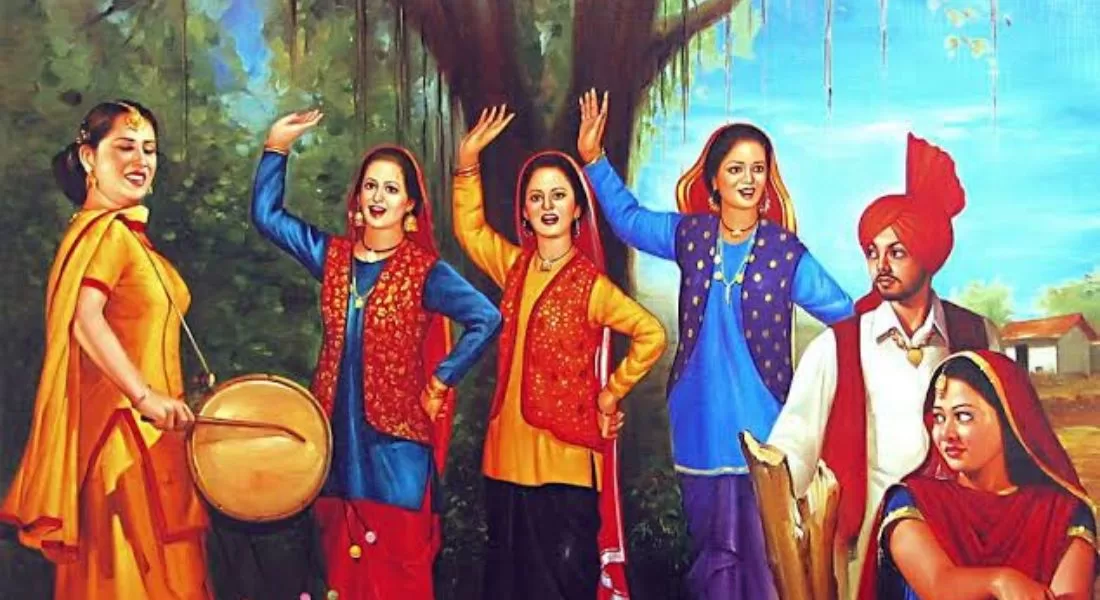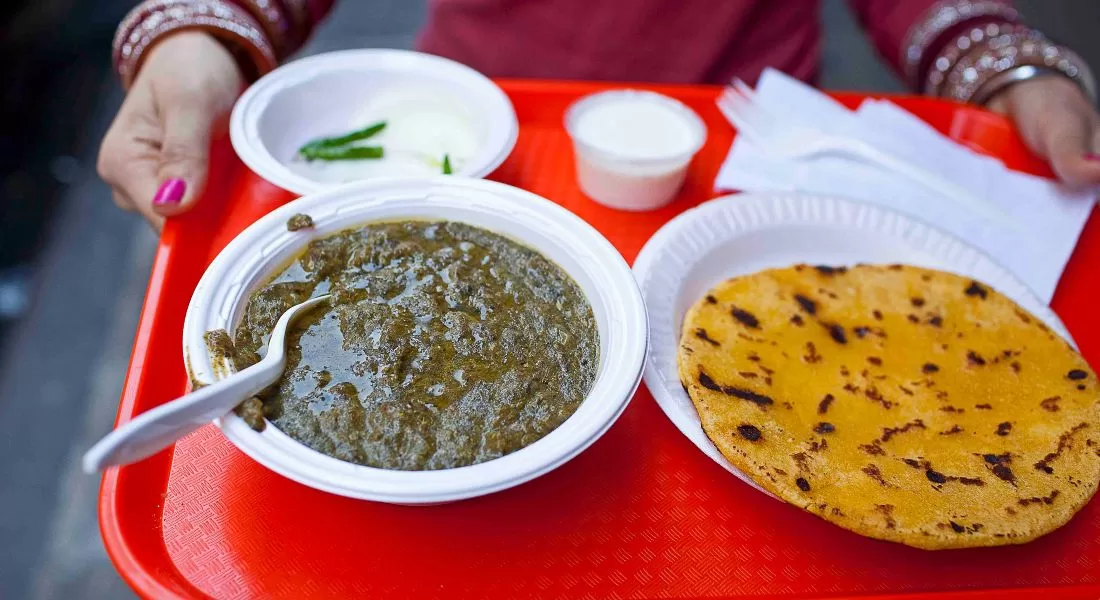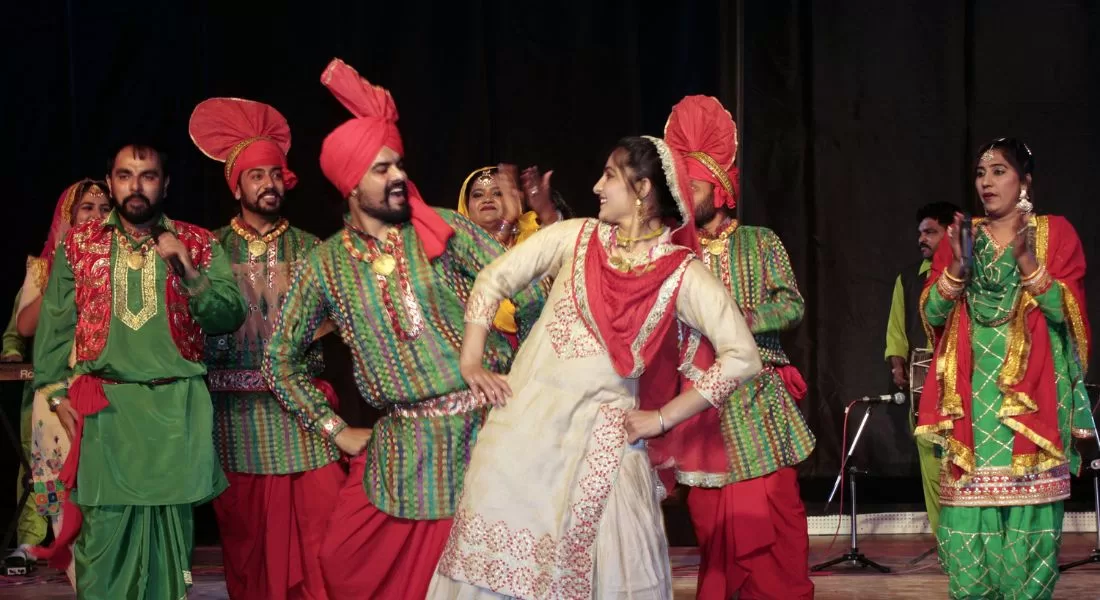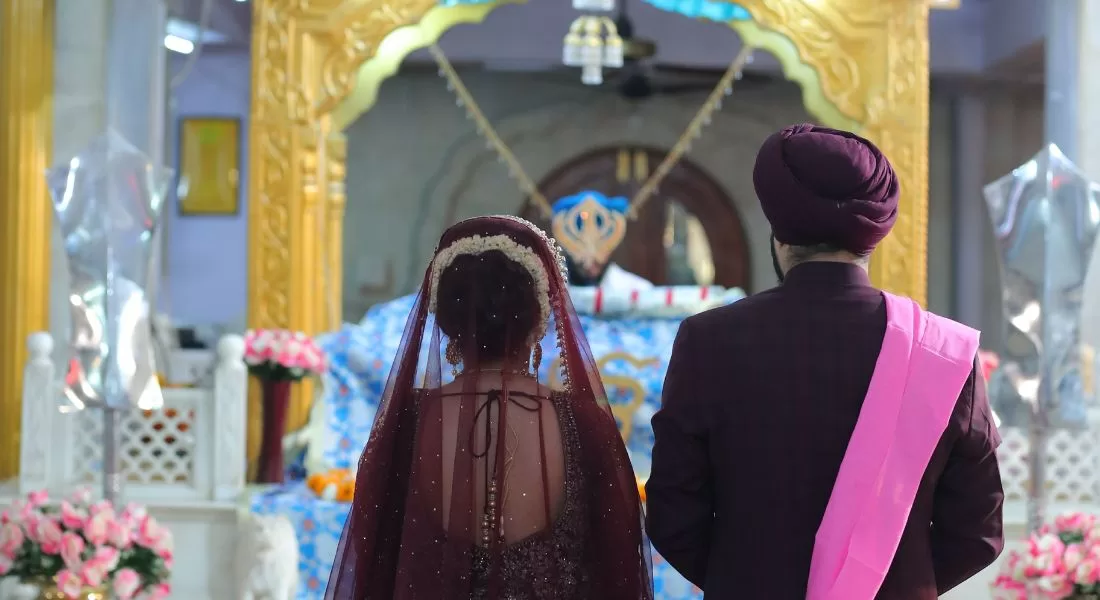Uncategorized
Punjab’s Rich Culture and Treasured Tradition
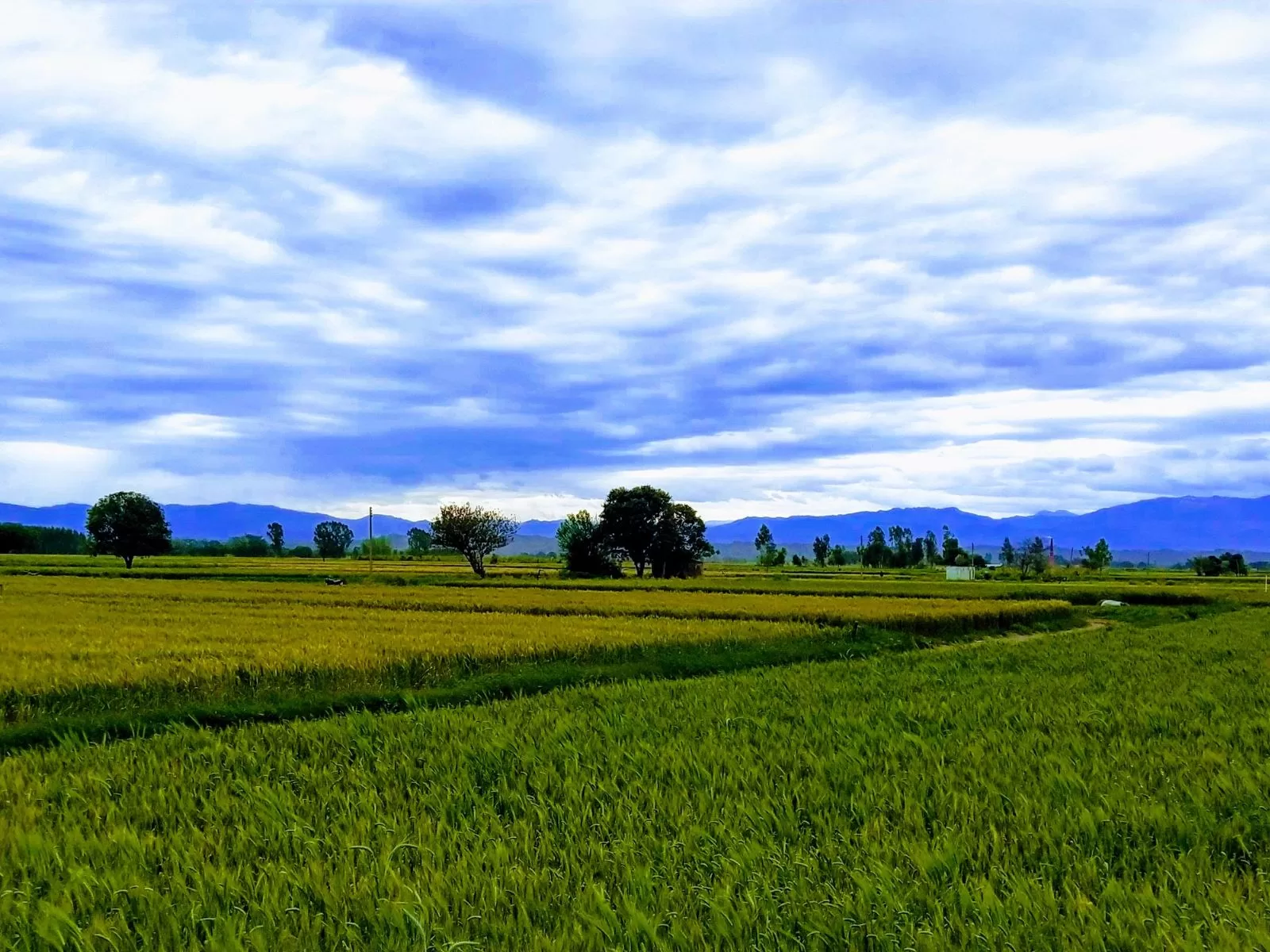
Punjab’s culture and tradition are, needless to say, very rich and vibrant. The land of Punjab is known for its existence and makes it one of the most popular states in India. Also, the state boasts a diverse culture as it houses people from all walks of life.
Speaking of traditions, hospitality, the celebration of customs, colourful festivities, and old golden heritage is equally important. Furthermore, the cultural landscape of Punjab includes folk tales, legends, stories, festivities, and mythologies. Punjabis are well known for their qualities like hospitality, inviting vibes, and helpful nature. (Maybe it’s our culture. Proud to be belonging to this culturally rich state like Punjab)
Let’s look into detail about Punjab’s culture and tradition. From popular customs to famous food dishes, I have covered everything. By the end of the article, you will know everything that falls under the bracket of Punjab’s culture and traditions.
1. Traditional Dress of Punjab
Punjabi traditional dress is symbolic of the state’s rich culture and traditions. Just like Punjab, known for its colorfulness and vibrancy, its dresses reflect the same. The most common Punjab dress for women is the Salwar Kameez.
A long tunic-style top, and loose-fitting pants, paired with a dupatta are the traditional and authentic dress-up. Among so many dress patterns, Phulkari is a specific style of embroidery that holds a great emphasis in the state.
Phulkari literally means “flower work,” and involves floral patterns, motifs, and brightly coloured clothes. Usually, this work of art is on dupattas and shawls. The handmade ones are rare gems and cost a lot.
In the case of men, Kurta Pyjamas are the Punjabi traditional dress male that includes wearing turbans too. “Dastar” or “Pagri” is an essential component of Punjabi cultural dress. Also, it is symbolic of honour, pride, and bravery. Thus, Dastar reflects Punjab’s culture and tradition.
2. Traditional Punjabi Food
The famous food of Punjab is rich in flavours, spices, and fresh products from milk. All Punjabi dishes make Punjabi’s culinary heritage very special. Various districts of the state offer delicious and authentic Punjabi culture food like Amritsar, Patiala, etc.
Overall the image of the culture of Punjab food is buttery, creamy, and wholesome. To specify, some of the authentic dishes are butter chicken, sarson da saag, chole bhature, dal makhani, lassi, etc.
The winter season in Punjab is very famous and the habitants eagerly wait for its arrival. Sarson Da Saag and Makki Di Roti” is a winter traditional Punjabi dish. And all these dishes have a lot of Desi Ghee, to enhance their taste.
During the summers, Chach (Buttermilk), Lassi, and Ganne ka Rasa are some of the beverages consumed by Punjabis. Additionally, other most loved Punjabi food names are Dal Makhni, Amritsari Fish, Paratha, etc.
Anyone who visits any one of the districts will see the celebration of Punjab’s culture and tradition in the form of food. So, foodies find Punjab a true food haven so much so that the same flavours have been passed down from generations.
3. Dances of Punjab
There are various folk dances of Punjab that represent the glorious cultural heritage of the state. Also, there are a lot of lively dance forms of Punjab that are full of energy and enthusiasm. These dances are not only a means of entertainment but to celebrate Punjab’s culture and tradition.
Bhangra
Bhangra is one of the most popular Punjabi dance forms which is most recognized. Although it originated as a celebratory folk dance during the harvest season, the situation is totally different today. Be it any celebration, Punjabis love to do the Bhangra.
Also, this famous dance form of Punjab features energetic movements, strong footwork, and clapping in rhythm. Dancers perform to the beats of a traditional “Dhol.”
Gidda
In the case of women, Gidda is a traditional dance form of Punjab which is very graceful and lively. Since it represents the strength, grace, and courage of Punjabi women, the dance form looks very powerful.
Additionally, women form circles, use dupattas, and dance on Boliyans. (They are exactly the traditional folk songs based on the ordinary lives of Punjabis.) Women doing Gidda wear colourful salwar suits, gold jewellery with embellishments, Punjabi Juttis, and paranda for hair.
Sammi
The Sammi dance of Punjab represents the rich culture and tradition of the state. This Punjab famous dance is performed by women during weddings or other festive occasions. Also, this dance form looks very elegant and graceful. Moreover, dancers form a circle and dance to traditional Sammi songs.
Luddi
This Punjab dance includes heavy footwork, high jumps, energetic movements, and more. Overall, the dancers show energetic dance movements which are super high in energy. Also, the Luddi dance is powerful and very bright-coloured. It is performed by both men and women, who clap and jump high.
Malawi Giddha, Jhoomer, Jaago, Dankara, and Jalli are some of the other Punjabi folk dances, enjoyed by everyone.
4. Punjabi Wedding Rituals and Traditions
In Punjab’s culture and tradition, the Punjabi wedding, known for its glory, high spirits, and colourful family celebrations. They are a showcase of rich cultural traditions that have passed down from generation.
Roka
The Punjabi wedding rituals list starts with the Roka ceremony. Through which the families of the groom and bride announce their consent. Additionally, the would-be couple gets blessings from their elders in the form of gifts, sweets, fruits, and “Shagan.”
Sagai (Engagement)
The “Sagai” ceremony marks the couple’s relationship official. On the occasion, they exchange rings which is a representation of their future commitment to each other. It is a lavish feast where family, close friends, and relatives celebrate the future couple.
Mehndi
The mehndi ceremony is one of the pre-wedding ceremonies, where mehndi (Heena) is applied to the bride’s hands and feet. Besides, the to-be bride, other female family members also apply mehndi. On that evening, singing songs and boliyans is a part of Punjab’s culture and tradition. This Punjabi marriage ritual is a way for family members to get together and celebrate the coming marriage.
Jaggo
The Jaggo ceremony is a pre-Punjabi wedding ritual which is a lively event that happens a day before the wedding day. On a Jaggo night a brass or copper vessel known as “Jaggo” is filled with water from a nearby Gurudwara. Also, on the top, the vessel has ghee or oil, and a lit diya.
Everyone one by one carries the Jaggo on their heads and dances around in the community. This is a sort of invitation to everyone in the neighbourhood to join in the celebration. The atmosphere is full of excitement, fun, and laughter.
Jaggo night dress for women includes Phulkari dupattas, colourful heavy suits, Parandas, etc.
Sangeet
The sangeet ceremony is a night of dance, music, traditional songs, and grand celebration. Family members and friends perform for the couple. In earlier times, these functions were separate, but things have changed now and the celebration is together. Overall, the sangeet function is joyful and filled with laughter.
Vatna
The Punjabi haldi ceremony is very important before the wedding and called “Vatna” in Punjab. The Vatna is made of turmeric, sandalwood, and mustard oil, which is applied to both the bride and groom. This Punjabi wedding ritual brings a glow to the couple’s face before the marriage ceremony. Furthermore, family and friends take part by applying the Vatna on the couple’s face, hands, and feet while singing traditional songs.
Chuda Ceremony
On the wedding day, the bride’s maternal uncle presents her with a set of red and white ivory bangles called “Chuda.” Chuda is auspicious and signifies the bride’s marital status in Punjab. Moreover, these bangles are usually worn for a specific period of time, which is a symbol of her married life.
Ghara Gharoli
The Gharoli ceremony is one such Punjab’s culture and tradition in wedding ceremonies that happen before the marriage. The groom’s sister-in-law visits the nearby gurudwara and temple to fetch water in the “Ghara.” The groom then takes a ceremonial bath using this holy water, which symbolizes the purification of the body and soul.
Milni
The milni ceremony takes place at the entrance of the wedding venue. It is a Punjabi wedding ritual, where families are formally introduced to each other. The greetings are among the male members of both families. Finally, they exchange garlands and embrace each other.
Anand Karaj
The main wedding ceremony is Anand Karaj, which takes place in Gurudwara according to sikh traditions. The couple sits before the Guru Granth Sahib (Sikh holy book) and scared hymns are recited by the Granthi (priest). In addition to this, the couple takes four rounds around the holy book, called Laavaan Phere.
Laavaan Phere represents the four stages of life and embarks on their marital journey together as husband and wife.
Vidaai
The final Punjabi wedding ritual and tradition is the emotional farewell of the bride from her parent’s home. It is a tearful moment as the bride says goodbye to her family and goes with her husband to start a new life.
5. Literature of Punjab
Punjab has a rich literary and philosophical tradition that dates back to the Sikh Guru times. Punjabi literature books offer insight into Punjab’s culture and tradition. Sikh literature is one of the important components of Punjabi literature.
Moreover, it is a compilation of hymns, poetry, and teachings of the Sikh Gurus and other spiritual figures. Overall, Sikh literature offers guidance on spirituality, morality, and social justice.
Famous Punjabi writers like Bulleh Shah, Sultan Bahu, and Shah Hussain, are well-known for expressing their spiritual experiences and teaching. Their famous Punjabi poetry emphasizes the universality of love, tolerance, and the mystical union with the divine.
The progressive literature of the 20th century equally reflects Punjab’s culture and tradition as the literature of the 18th century does. Progressive Punjabi writers like Amrita Pritam, Paash, Shiv Kumar Batalvi, and many more addressed the social issues of society.
Overall the philosophy of the Punjab is a blend of spirituality, philosophical, and ethical teachings. Region’s philosophical traditions often promote unity, equality, and compassion as fundamental values.
6. Language and Religion
Language and religion play an important role in shaping Punjab’s culture and tradition. The language, spoken in the Punjab area is Punjabi, which is an Indo-Aryan language. It has a distinct script known as Gurmukhi with a rich linguistic heritage.
One interesting fact about the state is that every 80 to 100 Km, the dialect of Punjabi changes. Also, Punjabi literature, poetry, folk songs, and stories have flourished in the same language. This also contributes to the already vibrant culture and tradition of Punjab.
Religion of Punjab
Punjab’s religion is predominantly Skihism, founded in the 15th century by Guru Nanak Dev Ji. Sikhism emphasizes the belief in one god, equality, social justice, and selfless service. All over the Punjab region, there are various Sikh temples known as Gurudwaras. Furthermore, the principles of Sikhism have had a deep impact on Punjab’s culture and tradition.
However, there are many other religions that live peacefully in the state like Muslims, Christians, South Indians, etc.
7. Handicrafts of Punjab
Punjabi art and craft includes a variety of things that represents cultural heritage and craftsmanship. Phulkari is a traditional embroidery style that involves detailed threadwork in vibrant colours. Punjab has a skilled craft of wood, seen in architectural elements and furniture. Also, the woodwork motifs are inspired by nature, animals, and geometric patterns.
Weaving and embroidery are also integral in Punjab’s rich textile traditions. The interesting thing is that there are numerous weaving styles like Patola weaving, Jamdani weaving, Phulkari weaving, etc.
In embroidery, again there are many types of embroidery that are popular in the Punjab region like Bagh, Tilla, etc. Additionally, Punjabi jutti is a traditional footwear style that is native to Punjab. It is a handcrafted shoe made from soft leather decorated with beads, sequins, and mirrors.
Final Thoughts
Punjab is one of the best states in the world when it comes to rich culture, heritage, and background. Punjab’s culture and tradition, including its dance, food, and other cultural elements represent India. The recent show of Diljit Dosanjh at Coachella was the most notable evidence of the fame of Punjabi culture, prominently music, and dance.
Sabhyachaar in Punjabi plays an important role in shaping the rich culture and tradition of Punjab. Their warm hospitality, community feeling, and vibrant festival celebration are popular all over India. Finally, Punjabis have a deep-rooted passion for sports and martial arts. For example, wrestling, kabaddi, and Gatka, which is a traditional Sikh martial art.
Uncategorized
A New Hope for Spine Patients: Dr. Aditya’s Groundbreaking Surgery in Tricity
Jammu, November 16: A big step for spine care has taken place in Tricity.

Dr. Aditya’s Groundbreaking Surgery in Tricity marks a major step in modern spine care. Dr. Aditya Gupta from Paras Hospital, Panchkula, performed the region’s first awake endoscopic spine surgery. The patient stayed awake under local anaesthesia, which made the procedure safer for someone with heart issues. The technique used a very small 6-8 mm cut, making it far less invasive than traditional spine surgery. Because the patient breathed on his own, the surgery avoided the risks linked to general anaesthesia. Dr. Aditya used a transforaminal endoscopic approach, which helped him target pain-causing spots with accuracy and avoid nerve damage.
Moreover, Dr. Aditya said this keyhole method speeds up recovery. Blood loss stays extremely low. Many patients can walk within an hour of the surgery. This gives confidence to people who fear long recovery periods. This success also shows how fast medical care is improving in the Tricity region, including Chandigarh and Mohali.
Furthermore, Dr. Aditya’s strong education adds to his skill. He completed his MBBS and MS in Orthopaedics in Jammu. Later, he trained at PGI Chandigarh and ranked first in the All India Fellowship Examination in Spine Surgery. He also trained further at leading centers in Ahmedabad and New Delhi. His father, Dr. Rajesh Gupta, heads Orthopaedics at ASCOMS & Hospital in Jammu, which greatly influenced his career path.
Additionally, the Tricity region is becoming known for advanced healthcare. New methods like awake endoscopic spine surgery show how hospitals focus on safe and effective treatments. This helps patients who cannot go through major surgeries due to conditions like diabetes, heart disease, or breathing problems.
As medical technology grows, doctors aim to reduce pain and avoid complications. Awake endoscopic spine surgery supports this goal. It lowers surgical stress, reduces hospital costs, and helps patients return to normal life faster.
In addition, the success of this operation motivates more doctors in the region to learn similar techniques. This will support many more patients who need spine care but fear high-risk procedures. It also boosts the Tricity area’s role as a developing medical hub.
In conclusion, Dr. Aditya’s Groundbreaking Surgery in Tricity stands as a major milestone in spine care. His work brings safer, quicker, and more advanced options to patients and strengthens the future of healthcare in the region.
Uncategorized
Severe Negligence Alleged at Maharana Bhupal Hospital as Family’s Pleas Go Ignored
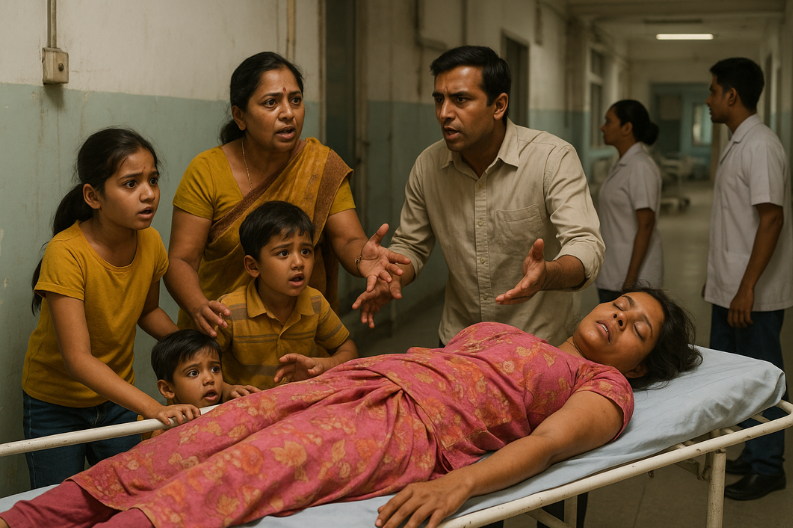
Udaipur: A serious incident where severe negligence alleged at Maharana Bhupal Hospital. A family alleges that hospital staff ignored their repeated calls for help while a mother in critical condition struggled without support. Her two young children and relatives searched desperately for anyone who could assist, but no staff member stepped forward.
Eyewitnesses say the family asked for immediate medical attention several times. Each request went unanswered. As minutes passed, panic grew. What began as a medical emergency soon turned into a moment of deep shock for everyone present.
The family’s account questions the hospital’s emergency response system and the responsibility of on-duty staff. They believe the delay could have changed the course of their lives. “One moment of negligence can change an entire family’s future,” a relative said. They argue that a life-saving institution cannot afford such lapses, especially during critical moments.
Hospital officials have not released a statement so far. The incident has sparked public concern, and many citizens are demanding a quick inquiry and stricter enforcement of patient-care standards.
At its core, the allegation is alarming. A hospital built to protect lives may have ignored a family’s desperate pleas. If the account proves accurate, the problem goes beyond poor care. It reflects a troubling system failure.
For the family, even a short delay carried heavy consequences. For the hospital, this moment calls for transparency and reform. In the days ahead, key questions will shape the investigation: Did staff truly fail to respond? Did they misjudge the urgency? And is this an isolated failure or part of a deeper pattern?
Uncategorized
PM Modi Meets the Victim of the Delhi Blast: A Detailed and Clear Report
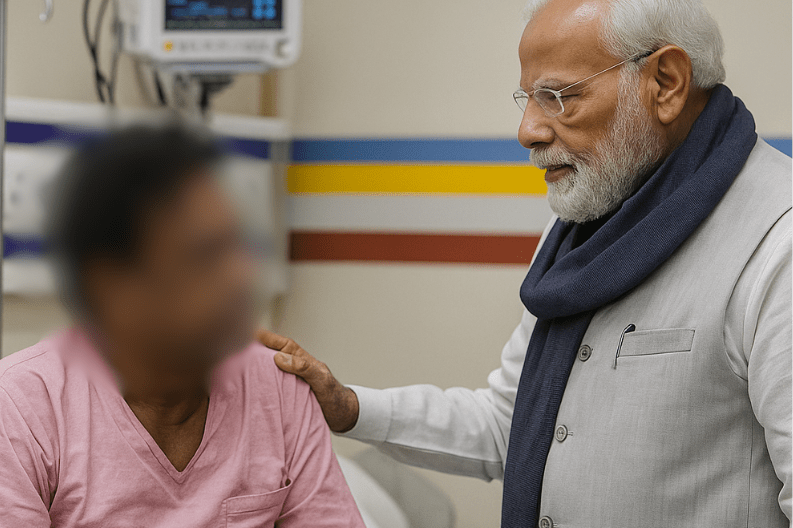
Prime Minister Narendra Modi returned from Bhutan, and PM Modi meets the victim of the Delhi blast, soon after he landed in Delhi. He went straight to Lok Nayak Jai Prakash (LNJP) Hospital on Wednesday. There, he met every injured person and asked about their health. He also spoke with doctors about the treatment. PM Modi told the hospital staff that the government would act fast to support the victims. Security outside the hospital remained very tight due to the serious situation. The blast near the Red Fort on Monday evening killed nine people and injured more than twenty. It happened during rush hour, and many people were scared.
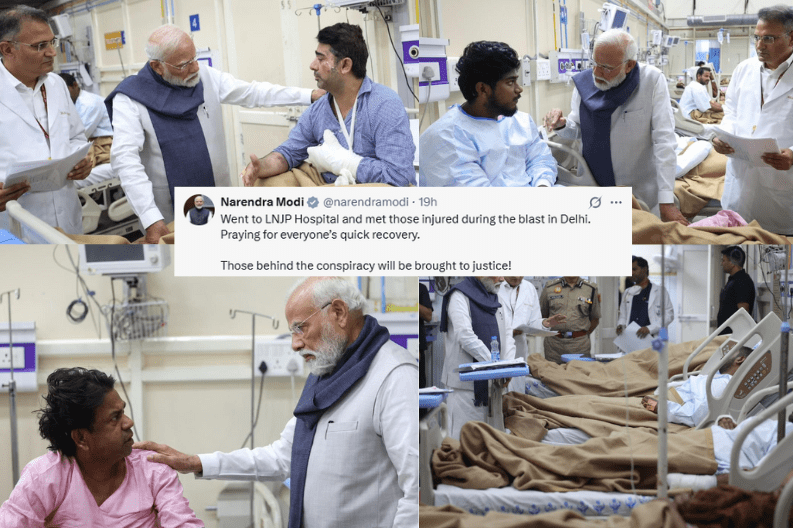
Investigators said the explosion came from a slow-moving Hyundai i20 filled with explosives. The blast damaged several vehicles nearby. Soon after the incident, security agencies arrested eight suspects. This group included three doctors. Police also found nearly 2,900 kg of explosive material linked to Jaish-e-Mohammed and Ansar Ghazwat-ul-Hind. Officers found more ammonium nitrate at a private university in Faridabad. Officials believe the suspects planned to attack during Diwali and later on Republic Day, but they failed to carry out their plans.
Home Minister Amit Shah held an urgent security meeting after the blast. He asked all security teams to work closely and check every detail. The National Investigation Agency (NIA) now leads the case. Security alerts have increased across Delhi, Uttar Pradesh, Bihar, and Mumbai. Police are checking more people at metro stations, markets, bus stops, and religious places. Investigators are also trying to confirm if the blast was a suicide attack because the driver, believed to be Dr. Umar Nabi, died at the scene.
During his Bhutan visit, PM Modi spoke about the tragedy. He said he felt deep sorrow for the victims. He promised that the people behind the blast would face the strictest punishment. After he returned, he posted on X and prayed for the fast recovery of all the injured. Experts are studying the explosive materials now. Early reports show that the bomb was extremely powerful, even stronger than ammonium nitrate bombs used before.
As the investigation continues, the government is trying to assure citizens that the city is safe. More police teams now guard crowded places to prevent further danger. PM Modi said such attacks will not break India’s unity. He ended the day by promising that everyone involved in the planning or execution of the blast will face justice. With his strong message and his hospital visit, PM Modi meets the victim of the Delhi blast, which stands as a clear sign that the government will support the victims and protect the country.
-
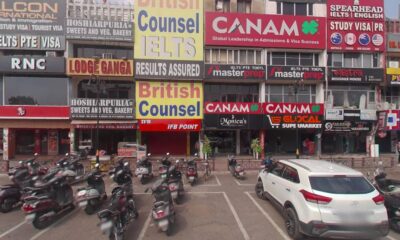
 City Guide3 years ago
City Guide3 years ago3B2 Mohali Market Shops: Discover 44 Hidden Gems
-

 Entertainment2 years ago
Entertainment2 years agoTop 15 Punjabi Models – Male and Female List
-
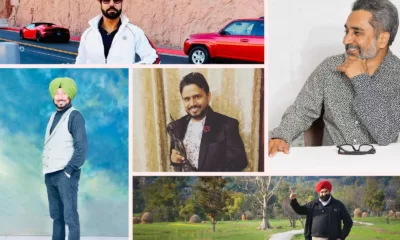
 Entertainment3 years ago
Entertainment3 years agoTop 11 Punjabi Comedians of All Time
-

 Jobs4 years ago
Jobs4 years agoTop 20 IT Companies in Mohali
-
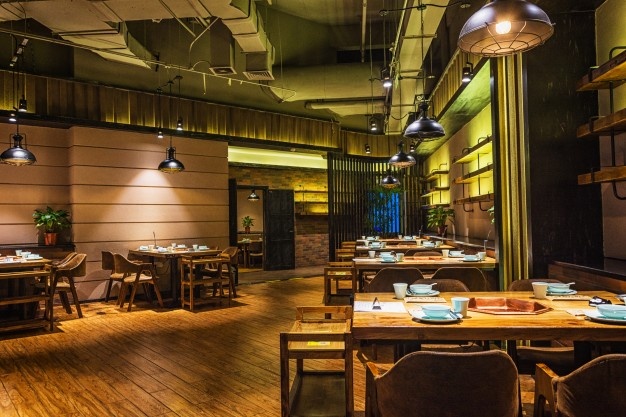
 Food4 years ago
Food4 years ago11 Best Restaurants in Mohali You Must Visit
-

 Food3 years ago
Food3 years agoTop 15 Cafes in Mohali you must visit
-

 Property2 years ago
Property2 years agoWho Lives In Homeland Mohali: Punjabi Celebrities, Business People…
-

 Education2 years ago
Education2 years ago10 Famous Punjabi Writers With A Great Impact On The Literary World

